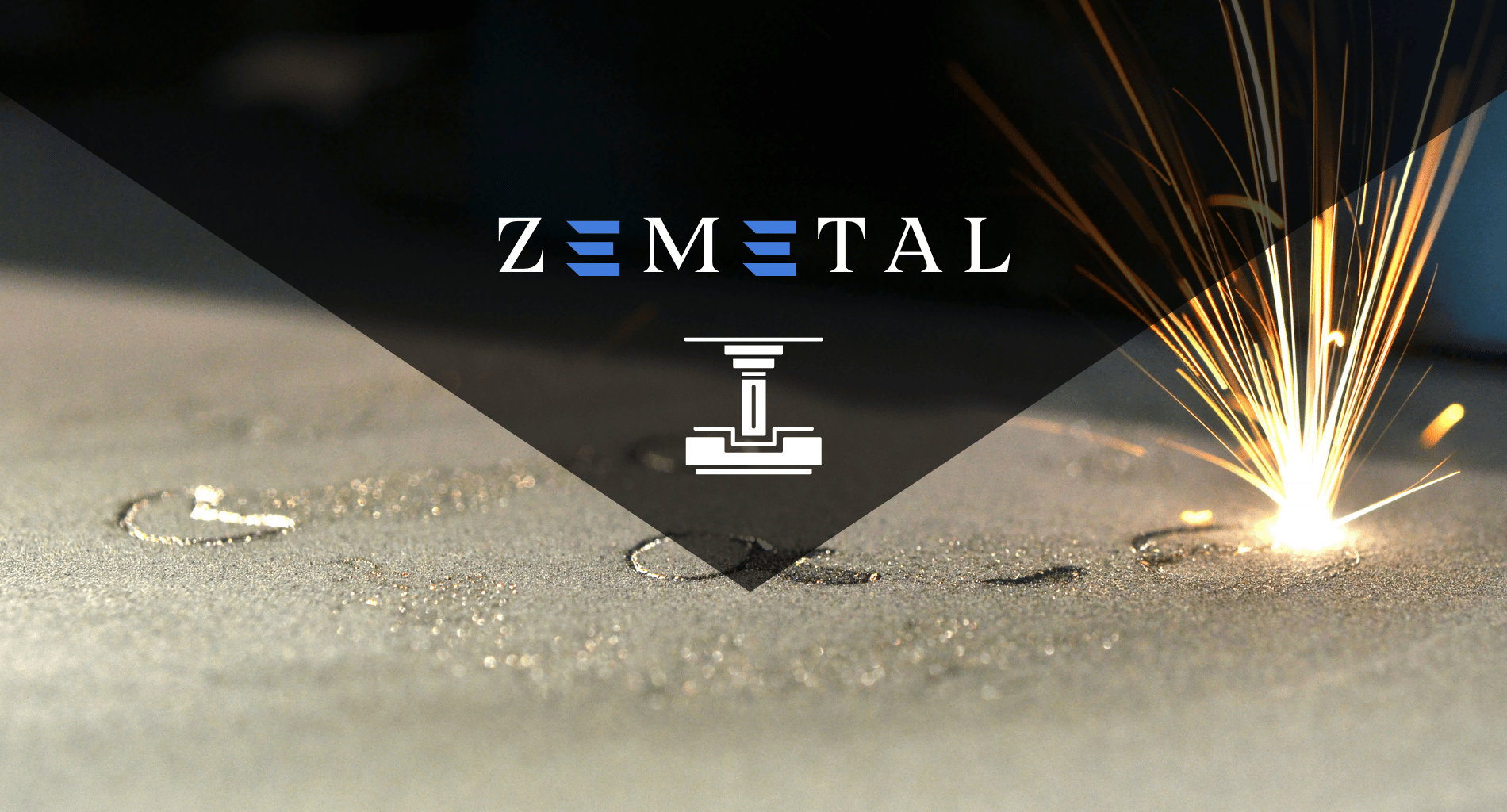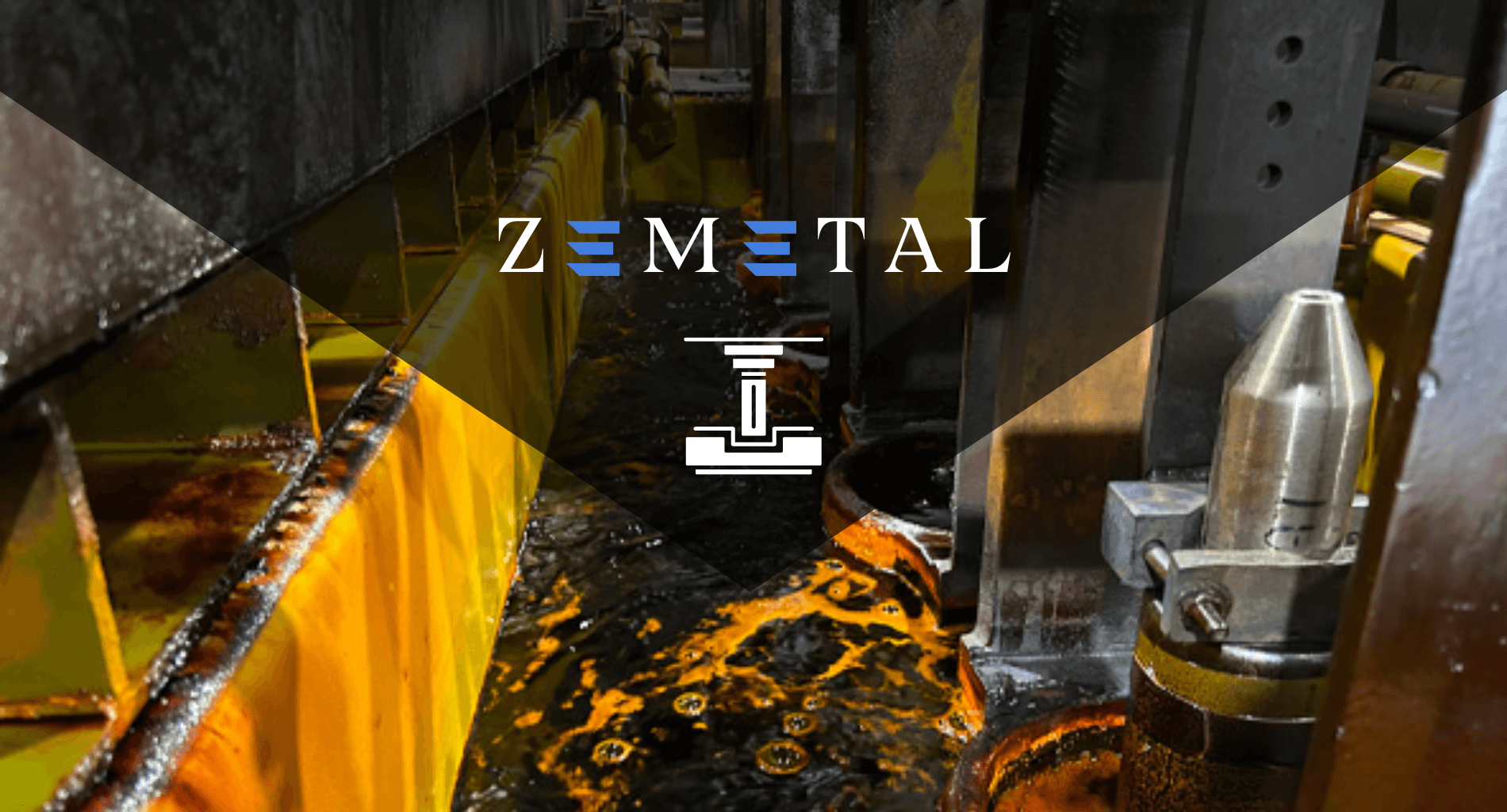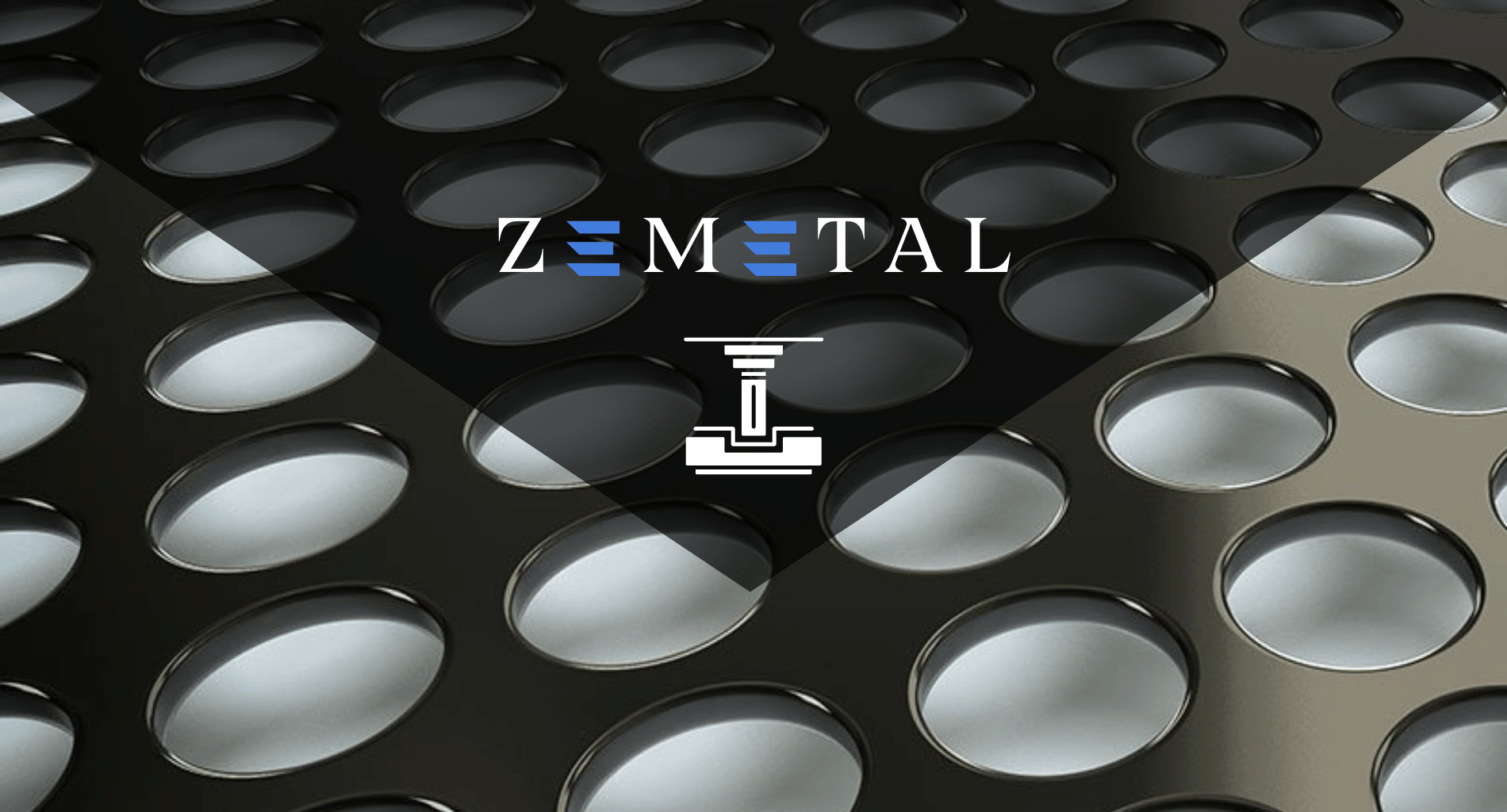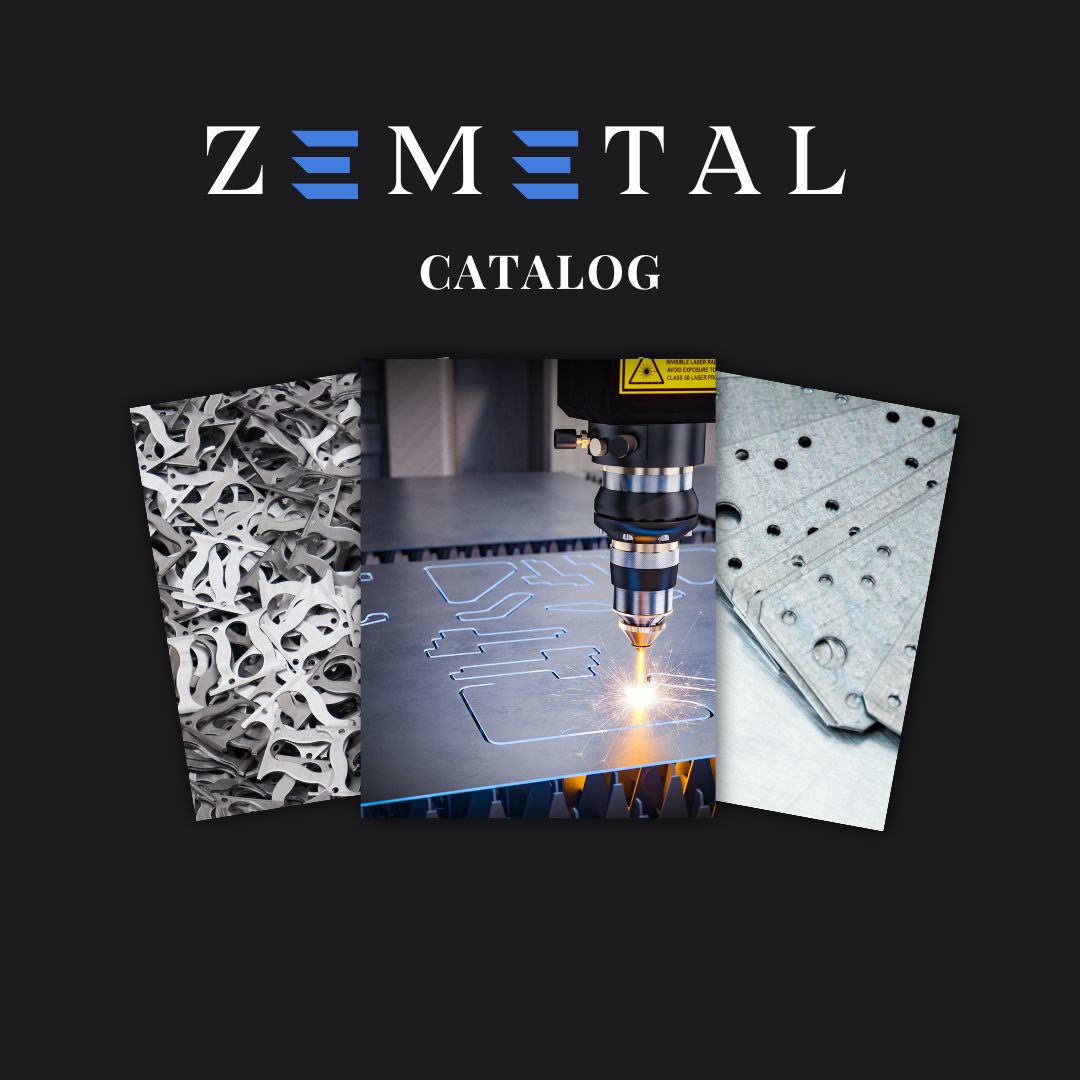Is your business leveraging the full potential of trivalent plating in metal fabrication? The answer lies in understanding this advanced, eco-friendly plating technique.
With years of experience in metal fabrication, I bring a deep understanding of trivalent plating’s impact and benefits.
Trivalent plating represents a significant advancement in metal finishing. Its relevance in today’s industry cannot be overstated, especially for businesses striving for sustainability without compromising on quality.
In this guide, you’ll learn about the processes, benefits, and applications of trivalent plating, equipping you with the knowledge to make informed decisions for your business.
Keep reading to discover the possibilities of trivalent plating!
1. Understanding Trivalent Plating
Trivalent plating, a forefront technique in metal fabrication, utilizes trivalent chromium in place of the conventional hexavalent chromium. This crucial distinction renders trivalent plating a more environmentally friendly choice, in line with contemporary environmental standards and protocols. The integration of trivalent plating within the metal fabrication industry marks a notable shift towards eco-conscious practices.
By offering an effective solution that caters to the requirements of diverse sectors, trivalent plating enhances the performance and durability of metal products. Reflecting its growing significance and adoption, a report by Grand View Research predicts that the global trivalent chromium finishing market is set to expand at a compound annual growth rate (CAGR) of 4.3% from 2023 to 2030.
2. Benefits of Trivalent Plating
Building on the understanding of trivalent plating, it’s clear that this method offers numerous advantages over traditional plating techniques. Here are the key benefits of trivalent plating:
Enhanced Environmental Safety
Trivalent plating is a leap forward in environmental responsibility. It eliminates the use of hexavalent chromium, a toxic substance known for its negative environmental impact. By adopting trivalent chromium, businesses contribute to a safer ecosystem, adhering to stringent environmental regulations and showcasing their commitment to sustainable practices.
Superior Corrosion Resistance
One of the standout features of trivalent plating is its exceptional corrosion resistance. This quality is crucial for products exposed to harsh conditions, extending their lifespan and maintaining their integrity over time. The superior corrosion resistance provided by trivalent plating ensures reliability and durability, essential factors for many metal products.
Aesthetic Versatility
Trivalent plating offers a range of aesthetic finishes, from bright and glossy to matte. For instance, this versatility allows for greater customization and can meet specific design requirements, making it an ideal choice for industries where appearance is as important as functionality. The ability to achieve various looks without compromising on quality or environmental safety is a significant advantage of this method.
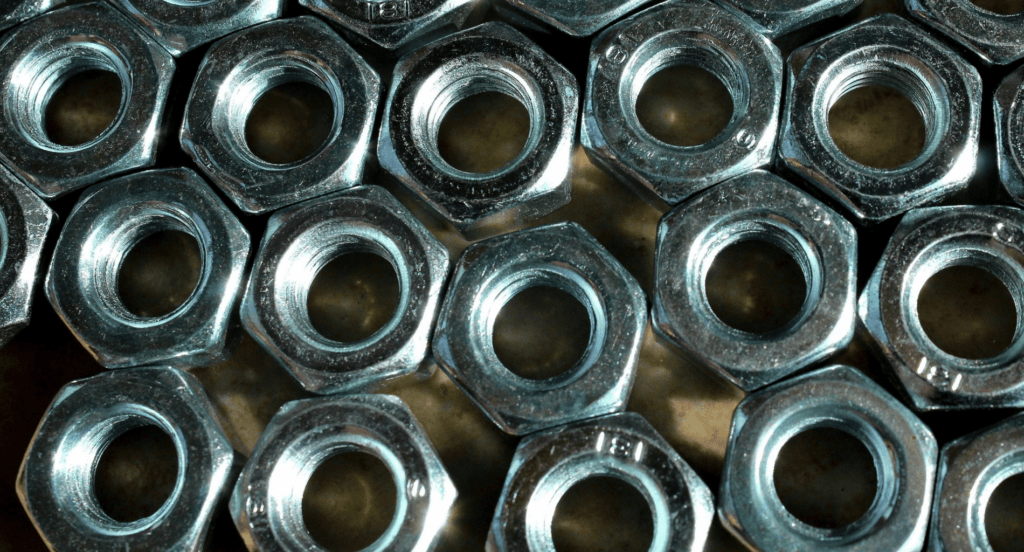
3. Advancements in Trivalent Plating Technology
After exploring the numerous benefits of trivalent plating, it’s crucial to understand the technological advancements that have propelled its success and adoption in the industry. Here are the significant advancements in trivalent plating technology:
Development of Eco-Friendly Chemical Formulas
The shift from hexavalent to trivalent chromium plating has been largely driven by the development of eco-friendly chemical formulas. These new solutions are less toxic and more biodegradable, significantly reducing the environmental impact of the plating process. Innovations in chemical composition have allowed for a safer and more sustainable approach to metal finishing.
Improved Adhesion and Uniformity
Recent advancements have also focused on enhancing the adhesion and uniformity of the trivalent chromium layer. Innovations in pre-treatment processes and application techniques ensure a more consistent and uniform coating, which is crucial for the longevity and performance of the plated parts. These improvements have made trivalent plating more reliable and versatile for various applications.
Integration with Automation and Control Systems
The integration of trivalent plating processes with advanced automation and control systems marks a significant technological leap. The use of automation in trivalent plating not only enhances efficiency but also minimizes the need for manual intervention, leading to a safer and more streamlined operation.
4. The Trivalent Plating Process
Following the discussion on advancements in trivalent plating technology, it’s important to delve into the step-by-step process that makes this technique so effective and desirable. Here are the key steps in the trivalent plating process:
Step#1 Surface Preparation
The first step in the trivalent plating process is preparing the metal surface. This involves cleaning and degreasing to remove any impurities, oils, or dirt that could interfere with the plating quality. The surface may also undergo sandblasting, polishing, or etching, depending on the desired finish and the type of metal. Proper preparation is crucial as it ensures the adhesion and uniformity of the chromium layer.
Step#2 Electrocleaning
Following surface preparation, the item is subjected to electrolytic cleaning. This process involves passing an electric current through the metal while it’s submerged in an alkaline solution. Electrocleaning further cleans and smoothens the surface, making it more conducive to plating. This step is essential for achieving a high-quality finish, as it ensures that the surface is free of microscopic contaminants.
Step#3 Trivalent Chromium Plating
After the thorough cleaning, the actual plating process begins. The metal is immersed in a trivalent chromium solution, and an electric current is applied. This current facilitates the deposition of a thin layer of chromium onto the metal surface. The thickness and characteristics of the layer can be controlled by adjusting the current and plating time.
Step#4 Post-Plating Finishing
The final step involves rinsing and drying the plated item, followed by any necessary post-plating treatments. These might include passivation, sealing, or applying additional protective layers to further enhance corrosion resistance or achieve specific aesthetic qualities. The post-plating finishing ensures the longevity and quality of the trivalent plating, making the product ready for use or further manufacturing processes.
5. Applications of Trivalent Plating in Various Industries
Having explored the detailed trivalent plating process, it’s evident how this technique can be beneficial across various industries. Here are some of the key applications of trivalent plating in different industries:
Automotive Industry
In the automotive industry, trivalent plating is extensively used for both functional and aesthetic purposes. For example, components like engine parts, exhaust systems, and suspension units benefit from the corrosion resistance and durability that trivalent plating provides. Additionally, the aesthetic appeal of trivalent plating is ideal for visible parts like grilles and trim, offering a combination of visual appeal and long-lasting quality.
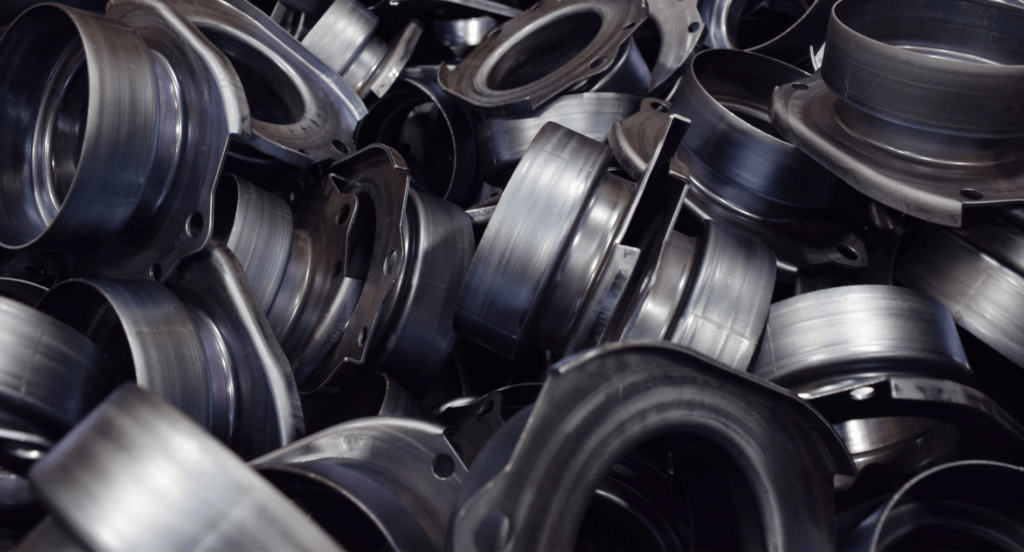
Aerospace and Defense
The aerospace and defense sectors demand materials that can withstand extreme conditions. Trivalent plating is instrumental in providing corrosion resistance and structural integrity to various components. Trivalent plating ensures that these critical parts maintain their performance in challenging environments, highlighting the importance of this technology in high-stakes applications.

Electronics and Consumer Goods
At Zemetal, trivalent plating’s excellent conductivity and resistance to wear make it ideal for ensuring the longevity and reliability of electronic devices. Moreover, in consumer goods like kitchen appliances, hardware, and decorative items, trivalent plating offers an attractive finish with the added benefit of environmental safety, aligning with consumer preferences for sustainable and high-quality products.

6. Challenges and Limitations of Trivalent Plating
While trivalent plating has found widespread application across various industries due to its numerous benefits, it’s important to also acknowledge the challenges and limitations associated with this technology. Here are the primary challenges and limitations of trivalent plating:
Cost and Resource Considerations
The chemicals used in trivalent plating can be more expensive than those used in traditional hexavalent plating. Additionally, the need for specialized equipment and strict adherence to environmental regulations can increase operational costs. These factors make trivalent plating a more costly option, which might be a barrier for smaller businesses or those with limited resources.
Technical Limitations
While trivalent plating offers several advantages, it also has some technical limitations. For instance, achieving uniform thickness and consistent quality over large surface areas or complex shapes can be challenging. This limitation might affect the performance and appearance of the plated parts, particularly in applications where precision and uniformity are critical.
This table highlights the technical limitations of trivalent plating, such as achieving uniform thickness and quality, particularly on large or complex surfaces, and explains how these limitations can affect the performance, durability, and appearance of plated parts in various applications.
| Limitation | Description | Impact on Plated Parts |
| Uniform Thickness | Difficulty in achieving consistent thickness over large areas or complex shapes. | Can lead to uneven coating, affecting the performance and durability of the plated part. |
| Consistent Quality | Challenges in maintaining consistent quality across different parts. | Variability in quality may impact the reliability and functionality of plated components. |
| Complex Shapes | Less effective on parts with intricate designs or complex geometries. | May result in inadequate coverage or protection in certain areas of the part. |
| Precision Requirements | Limitations in meeting high precision standards. | Critical in industries like aerospace or electronics, where even minor inconsistencies can be problematic. |
| Aesthetic Consistency | Achieving a uniform and aesthetically pleasing finish can be challenging. | Affects the visual appeal of the part, which can be important in consumer-facing applications. |
Market Adaptation and Skill Requirements
The shift from traditional plating methods to trivalent plating requires a considerable adaptation period. This transition involves not only the adoption of new technologies but also the training and upskilling of the workforce. The need for specialized skills and knowledge can be a hurdle for some businesses, especially those without the resources to invest in extensive training or new hires.
7. 4 Tips to Consider in Trivalent Plating
Acknowledging the challenges and limitations of trivalent plating, it’s essential for businesses to be well-informed and strategic in their approach to this technique. Here are some vital tips to consider when implementing trivalent plating in your operations:
#1 Choosing the Right Chemicals
Selecting high-quality chemicals and reliable suppliers is crucial for successful trivalent plating. Research and invest in chemicals that are known for their efficiency and environmental safety. Partnering with reputable suppliers ensures a consistent supply of quality materials, which is key to maintaining the standards and reliability of your plating process.
#2 Investing in the Right Equipment
Investing in the appropriate equipment is fundamental for achieving optimal results in trivalent plating. This includes modern plating baths, control systems, and waste treatment facilities. While this may entail significant upfront costs, the long-term benefits in terms of efficiency, quality, and environmental compliance are well worth the investment.
#3 Regular Training and Skill Development
As trivalent plating involves sophisticated techniques, regular training and skill development for your team are essential. Keeping your workforce updated on the latest advancements and best practices ensures that your operations run smoothly and efficiently. Zemetal recognizes that investing in skill development not only enhances the quality of work but also promotes a culture of continuous improvement and adaptation.
#4 Maintaining Strict Quality Control
Implementing stringent quality control measures is critical in trivalent plating to ensure consistency and reliability. Regular inspections, process monitoring, and adherence to industry standards are necessary to maintain the desired quality of the plated products. Quality control also involves troubleshooting and addressing any issues promptly to avoid significant setbacks or product failures.
Conclusion
Trivalent plating’s environmentally friendly approach, coupled with its ability to enhance product quality, positions it as an essential technique for businesses looking to stay competitive and responsible. As the industry continues to evolve, understanding and adopting such advanced methods will be crucial for success.
If you’re seeking to incorporate this technology into your operations, Zemetal offers comprehensive metal fabrication services. Contact us today to explore how trivalent plating can transform your business.
Dive Deeper Into Our Resources
Looking for more diverse service options? Browse through our handpicked selections:
For some insightful reads, we’ve curated a list of recommended articles just for you:
Still haven’t found what you’re looking for? Don’t hesitate to contact us. We’re available around the clock to assist you.


